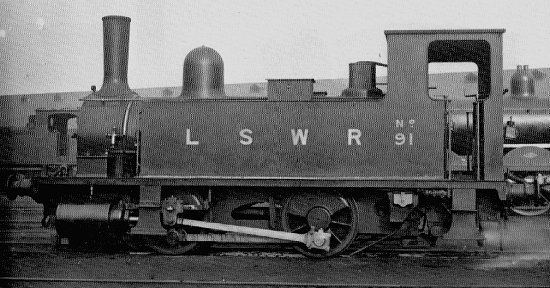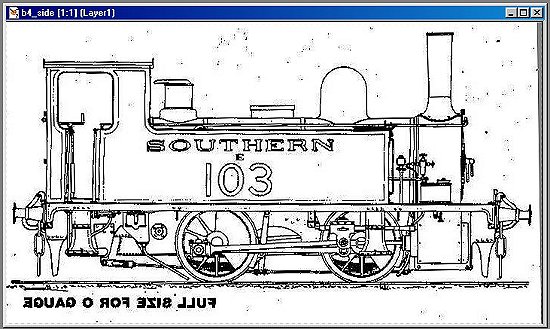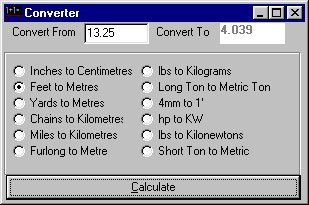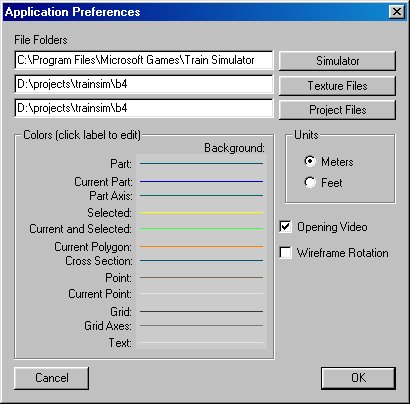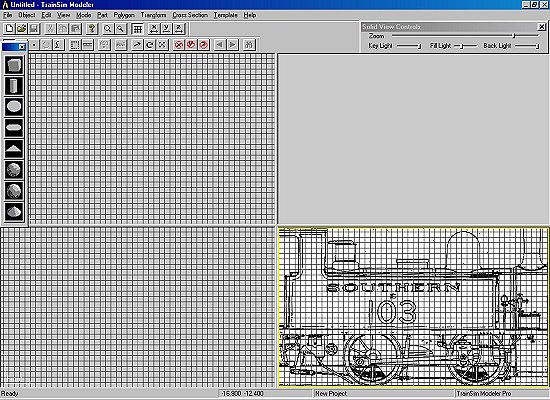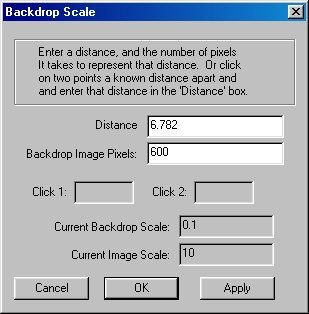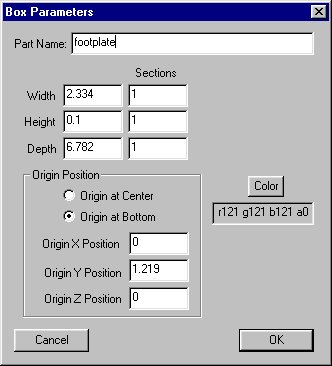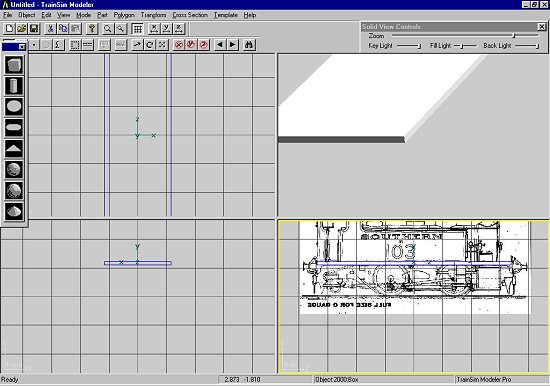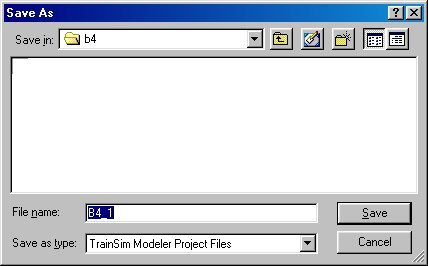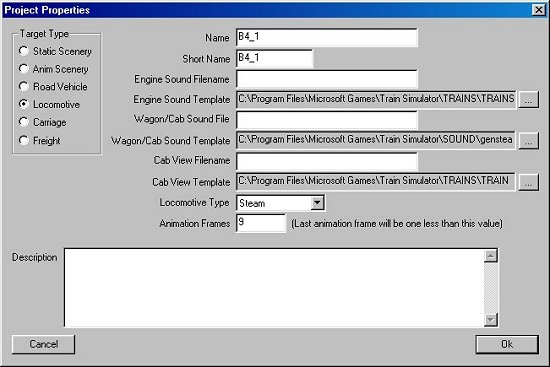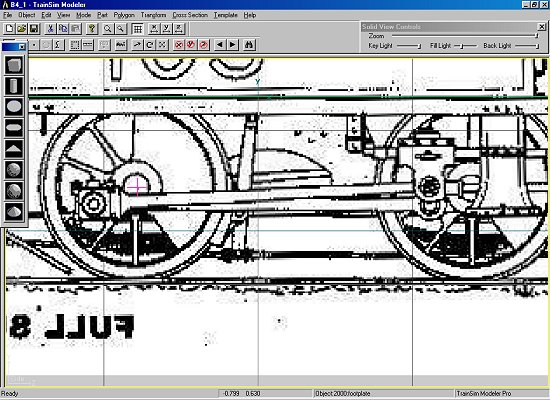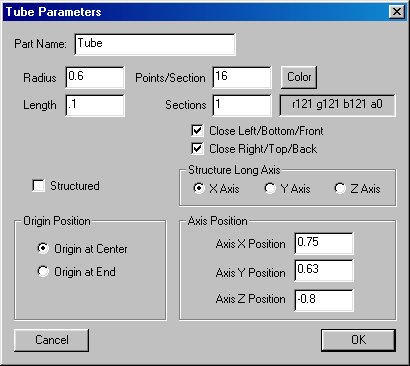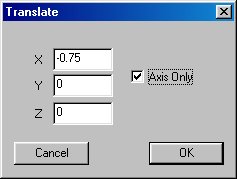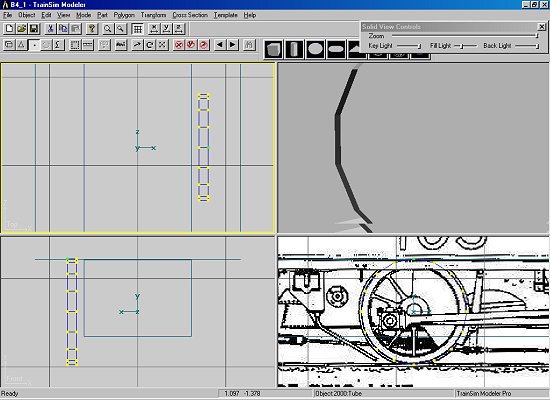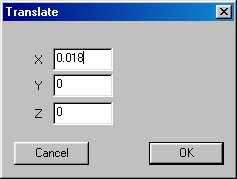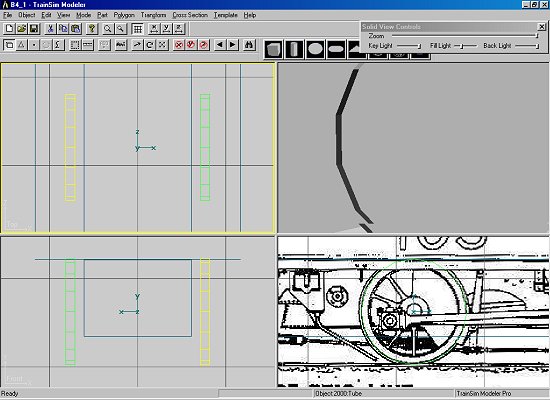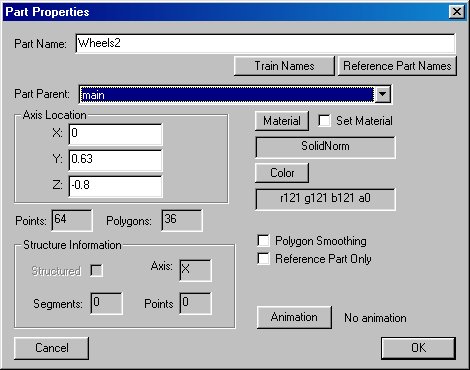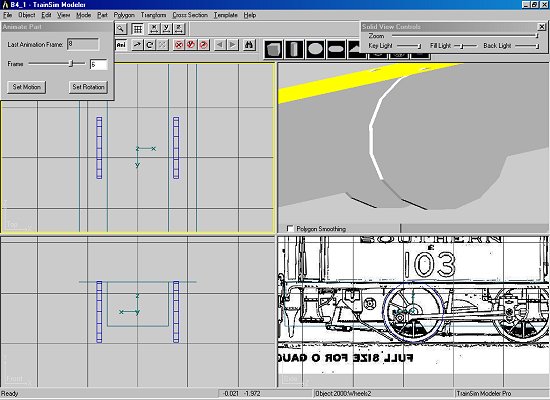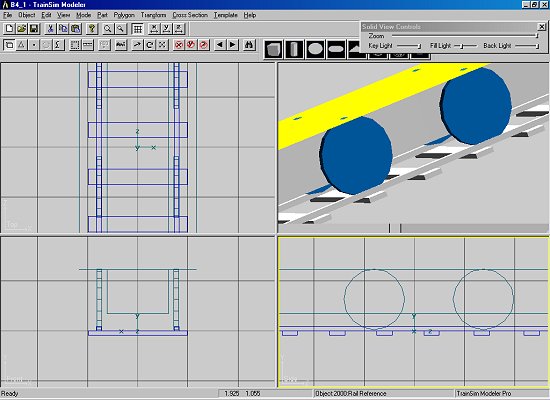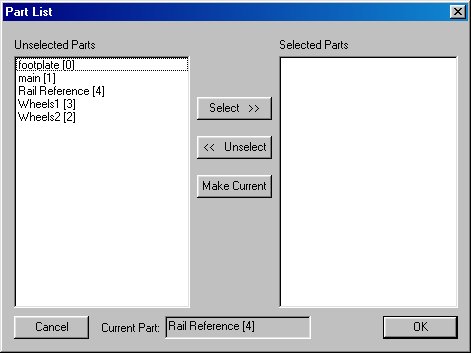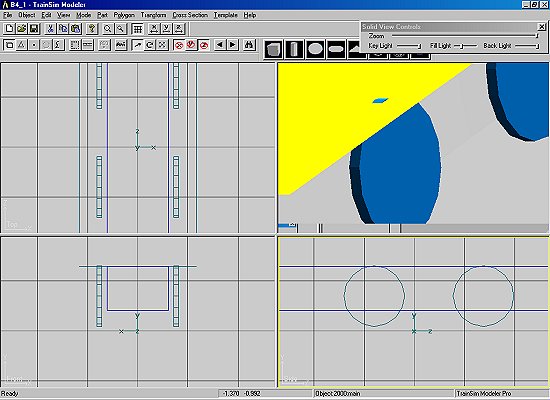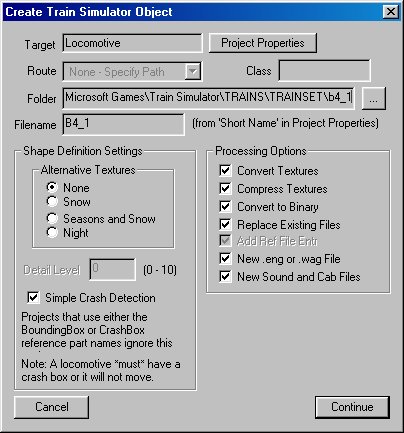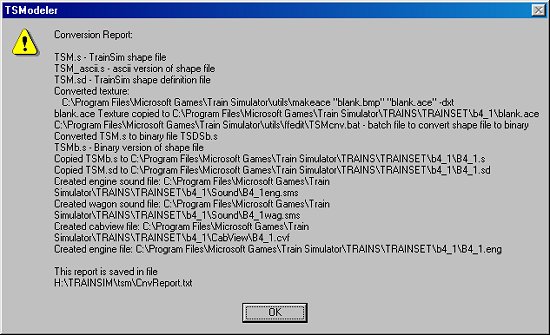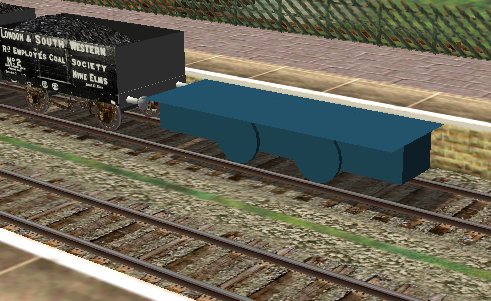Constructing A Steam Loco Using Train Sim Modeler - Part 1
by Richard Osborne
Overview
Let me start by saying I'm not a programmer, expert or guru to the masses; just somebody who's drawn & animated models in Train Sim Modeler (herein after referred to as TSM). Other people won't agree with this way of building - to each his own. TSM seems to be able to cope with all manner of styles. This second version of this chapter incorporates editorial amendments & suggestions from Mike Wilson, a fellow Southern Railway enthusiast who practices his arts on the other side of the World.
I'm going to assume you're totally new to TSM, more experienced people can always skip parts.
I came to TSM after becoming familiar with its elder brother Flight Shop Design Studio; since I started using flight sim programs I've adopted the habit of reading everything in the forums, even if only one sentence a page is relevant it's worth while. I've dropped into a routine of naming parts - you'll find loco parts with port & starboard attributes.
TSM has its limitations but is, like its big brother Flight Shop Design Shop, quite a simple program to use. You do need patience, perseverance & a bit of luck but it's no more difficult a program than, say, a Desktop Publishing program.
I use Paint Shop Pro for texturing; other programs can, of course, be used. I'm getting used to its quirky ways. Other people swear by PhotoShop, which often comes packaged with a scanner.
It's inevitable that people want to start with a locomotive when logic & the certain knowledge that every computer program has a steep learning curve tell you that you should start with a garden shed!
Could I suggest at this stage you load TSM, open one of the sample files & press & prod every button, menu & key - just to see what happens. Don't save the sample though! Read the Help Files! Please familiarise yourself with the 'Overview' chapter - print a hard copy for reference.


